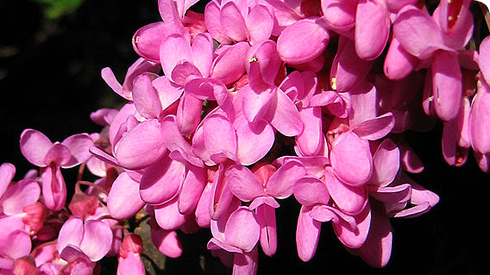Cercis siliquastrum (Judas tree)
The Judas tree, Cercis siliquastrum, is a beautiful small tree. With attractive and interesting flowers, foliage and form, it is an increasingly popular choice for gardens.
The generic name, Cercis, comes from the Greek ‘Kerkis’, a weaver’s shuttle, which Theophrastus likened the tree's flattened woody fruits to. Its specific name refers to the prominent seedpods - ‘siliqua’ in latin.
The origin of its common name is contentious. Alternative suggestions are:
- Judas is a corruption of Judean, as the tree was once common in the Judean hills.
- It was the tree from which Judas Iscariot hanged himself.
- The flowers and pods hanging from the stem represent this act.
Uses
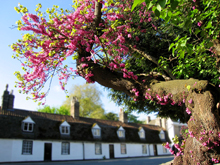
A Judas tree in Cambridge, UK © Andrew Dunn
The Judas tree has long been cultivated throughout its native range and beyond.
Introduced to the British Isles before 1600, it has become much commoner in our gardens in the last 20 years or so due to a combination of:
- much wider commercial availability
- milder winters
- recognition of its suitability for the smaller urban garden
The wood is beautifully coloured and veined, hard, and makes a fine veneer.
-

Appearance
The Judas tree can grow to a height of 12m and reach 10m in diameter, often forming a low and irregular 1-sided dome. Read a detailed description of the tree's appearance, including the colour and shape of its leaves and bark, and the colour and timing of its flowers and fruit.
-

Taxonomy
Explore the taxonomy of Cercis siliquastrum and its wider family. Find out about existing cultivars and which are more common or rare.
-

Distribution and ecology
Learn where the Judas tree can be found around the world. Find out what conditions the plant can tolerate.
-

Cultivation
Find out how the Judas tree is propagated and managed, and the preferred conditions for cultivation.
-

Associated species and diseases
Discover what fungus affects the Judas tree and what diseases and pests it is prone to.
Images
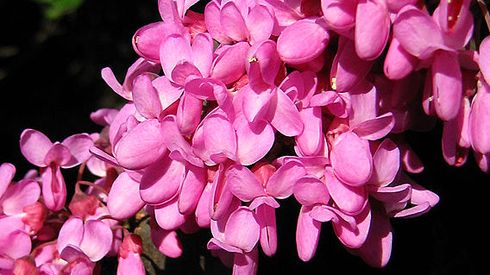
Close-up of blossom on the Judas tree, Cercis siliquastrum
© Andrew Dunn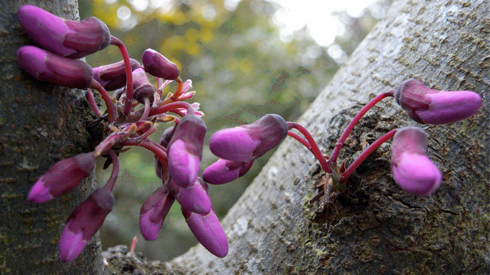
The flowers of the Judas tree, Cercis siliquastrum, often grow directly from the trunk. This is known as cauliflory.
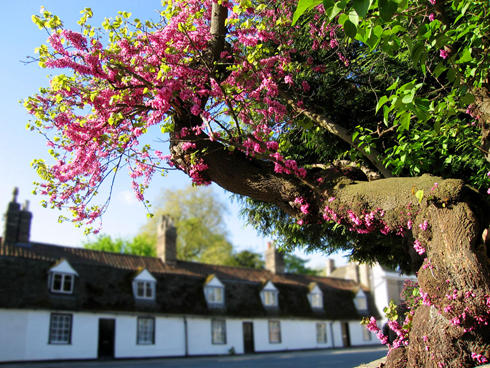
A Judas tree in Cambridge, UK
© Andrew Dunn
Alba, a white-flowered cultivar of the Judas tree, Cercis siliquastrum.
© Jean Tosti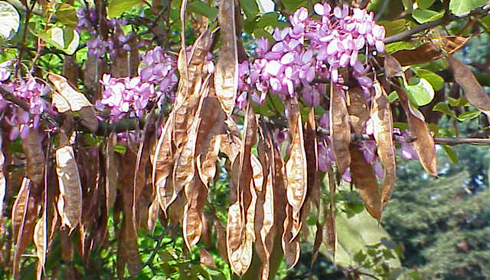
Flowers and seedpods of the Judas tree.
© Kurt Stueber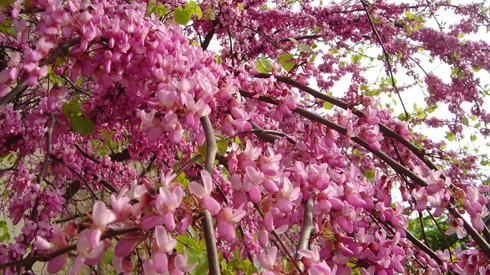
A Judas tree in bloom
© David Monniaux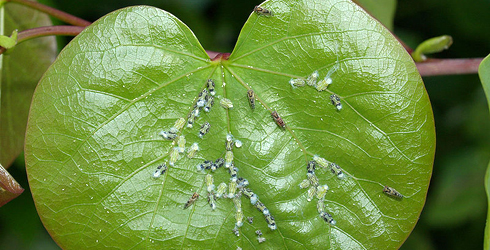
The Judas tree is susceptible to a number of pests, including the psyllid Cacopsylla pulchella.
© Luis Fernández GarcíaAbout the author

Dr Fred Rumsey
Botanist - Identification and Advisory Service, Angela Marmont Centre for UK Biodiversity.
